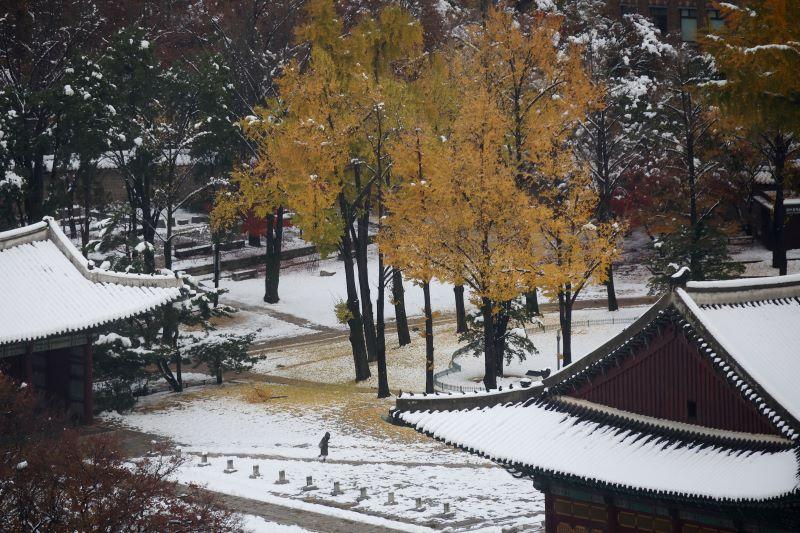SEOUL, South Korea – South Korea is dealing with the effects of a powerful snowstorm for the second day in a row, causing chaos across the country. The storm has led to the death of at least four people, caused dozens of flight cancellations, and forced ferries and trains to stop running.
Snowstorm Brings Records and Danger
The snowstorm in Seoul, the country’s capital, is the third-heaviest snowfall since records began in 1907. By Thursday morning, some parts of the city had more than 40 cm (16 inches) of snow, making it difficult for people to travel or go about their daily routines.
Deadly Collapses and Accidents
Sadly, the snowstorm has caused tragic accidents. One person died and two were injured when a golf range net collapsed under the heavy snow. Another person was killed when a protective tent at a car park also collapsed.
Snow and ice on the roads caused dangerous traffic accidents on highways east of Seoul, with two more people killed in crashes. In the central city of Wonju, a pile-up of 53 vehicles on a highway resulted in 11 injuries.
Disruptions Everywhere
The snowstorm has led to massive travel disruptions. At Incheon International Airport, flights were delayed by up to two hours on average. Over 140 flights were canceled, and 15% of all flights were delayed on Thursday. Ferry operations were also suspended on 76 routes, and many trains were delayed.
Schools in Gyeonggi Province, near Seoul, were allowed to close if needed due to the storm’s impact.
Why the Snowstorm is So Severe
This unusually heavy snowstorm in November has been linked to warm seawater temperatures to the west of the Korean Peninsula mixing with cold air. This created the perfect conditions for heavy snow. Even North Korea has been affected, with some areas receiving more than 10 cm (4 inches) of snow earlier in the week.
Signs of Relief
Though the snowstorm caused widespread problems, weather officials said the situation was starting to improve by Thursday afternoon, with heavy snow warnings lifted in Seoul and its surrounding areas. But the storm’s impact will likely be felt for a while as the country recovers.

















